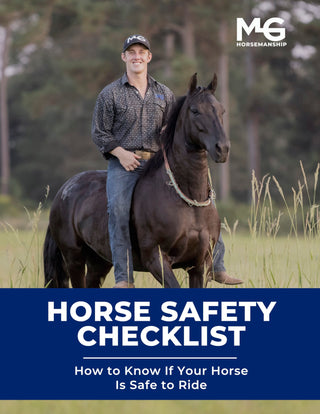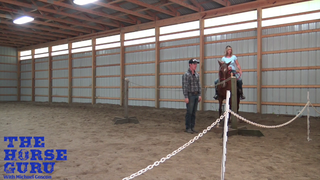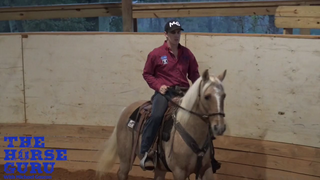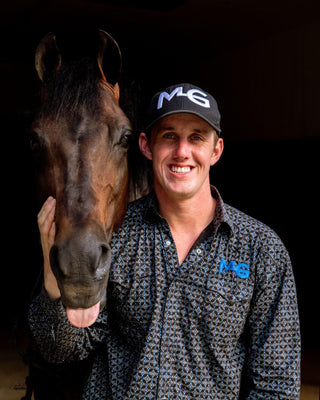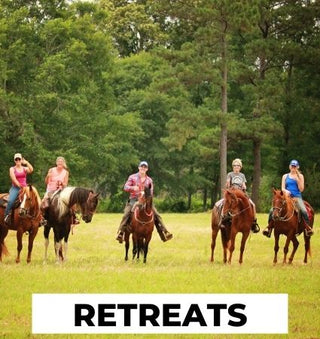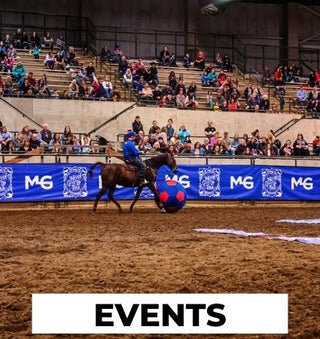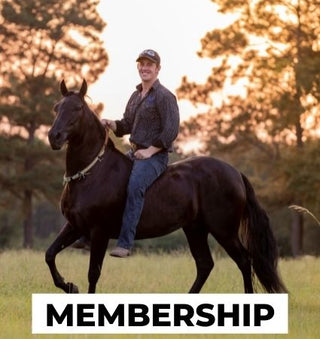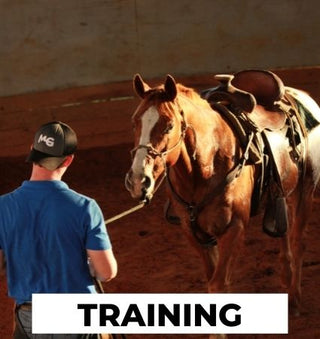Watch the Video Here or continue reading below!
Extreme obstacles can trigger intense reactions in horses—especially those prone to bolting, freezing, or panicking. In Day 1 of training with Nakaia, Michael Gascon focuses on transforming fear into confidence through groundwork, timing, and strategic use of pressure and release. This session dives deep into the fundamentals that make challenging environments not only manageable but a confidence-building opportunity.
Facing Fear Head-On: The Importance of Engagement
Michael emphasizes that the root issue in many horses isn’t just fear—it’s avoidance. Whether they freeze or bolt, the problem stems from not facing what scares them. With Nakaia, the focus is on keeping her engaged with the obstacle, not letting her run from it.
“So much of that is just getting them to face up with whatever they’re afraid of.”
By redirecting her energy and keeping her focused on the rider rather than the fear, Michael begins to build trust and control, even in high-stress scenarios.
Respecting the Bridle: The Foundation to Success
Before tackling obstacles, Michael ensures that Nakaia has a solid respect for the bridle through backing and softening exercises. That foundational control pays off when obstacles come into play.
“Even if she’s a little worried about something, she has more respect for my bridle than whatever she’s afraid of.”
This creates a vital shift—where the horse yields to pressure from the reins instead of reacting to outside stimuli.
Obstacle Work: Keep It Simple, Keep It Clear
From swinging ropes to tight gates, the exercises are designed to teach clarity and calm under pressure. Michael notes that too many riders overcomplicate things—something his grandfather’s advice helped him avoid:
“Keep it simple, stupid. Just walk off.”
In this spirit, each obstacle is broken down into clear, repeatable steps—teaching Nakaia how to calmly process new challenges.
Hand Placement & Body Control: Directing Movement Correctly
A key training moment involves explaining how where you place your hand affects what your horse does. If you want to move the hindquarters, your hand should guide toward your hip. To pivot the shoulders, guide over the shoulders. This body awareness helps avoid sending mixed cues to the horse and gives the rider control over directional backing and turning.
Respect Through Repetition: Fear Becomes Focus
Whether it’s backing through a tightrope, retrieving a hat, or walking under wire, Nakaia learns to stay tuned in rather than tuned out. Over time, the repetition rewires her reaction to fear.
“She went from being where she wanted to move, to now we’re having to kick her forward—not because she’s lazy, but because she’s no longer trying to flee.”
Rather than bolting, she freezes, listens, and processes—giving her handler time and control.
Safer Reactions Through Stillness
One of the biggest takeaways from this clinic is the importance of teaching a horse to stop instead of flee. Though some may criticize the freeze response, Michael is adamant:
“A horse that stands still is a lot safer than a horse that runs off.”
This isn’t about shutting a horse down—it’s about giving the rider a chance to redirect and build forward progress from a place of control.
Final Thoughts: Trust, Not Tension
This clinic with Nakaia is a masterclass in how respect, repetition, and simplicity can turn high-stress obstacle work into a trust-building experience. By reinforcing softness, backing, and rider-focused responses, Michael shows that the path to success is paved with small, intentional victories.



